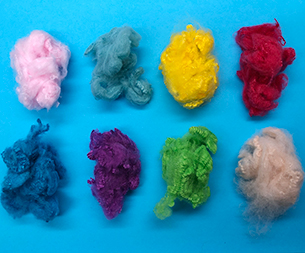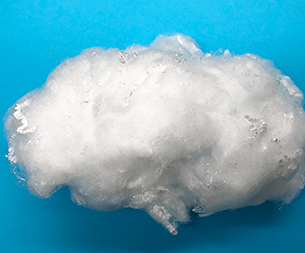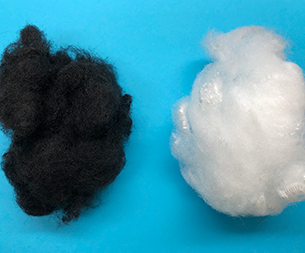2023 China's textile industry
What was the biggest challenge?
The biggest challenge for China's textile industry in 2023 is likely to be competitive pressure from the international market.
With the continuous development of global economy and the increasing prosperity of international trade, the competition of Chinese textile market is becoming more and more fierce. Although China's textile export volume has been far ahead, it is facing the competition of emerging textile manufacturing industries such as Vietnam, Bangladesh, India and other Southeast Asian and South Asian countries, as well as the challenges of technological innovation and brand building from developed countries in Europe and the United States. In addition, with the popularization of environmental awareness and the improvement of environmental standards, the environmental problems in the manufacturing process of Chinese textiles have been widely concerned by the society at home and abroad. Therefore, the textile industry needs to make more efforts in technological innovation, product quality and environmental protection and improve the overall competitiveness of the industry. Despite all the challenges, China's textile industry still has great potential and development space. Through efforts in technological innovation, brand building and environmental protection, China's textile industry is expected to maintain its competitive edge and achieve leapfrog development with higher quality.
Several stages of self-growth of textile enterprises
Digital transformation of textile enterprises can usually be divided into the following stages: 1. Preliminary preparation stage: In this stage, enterprises need to conduct a comprehensive analysis and planning of their own digital transformation needs. This includes an in-depth understanding of the business model, product line, production process, organizational structure and other aspects of the enterprise, and the development of corresponding digital transformation strategies and plans. In addition, companies need to assess their own digital capabilities and resources, and determine the technical and personnel support needed. 2. Infrastructure construction stage: In this stage, enterprises need to build corresponding digital infrastructure, such as network infrastructure, cloud computing platform, data storage and processing system, etc. These infrastructures are the foundation of digital transformation and are critical to the success of digital transformation of enterprises. 3: Data acquisition and management stage: In this stage, enterprises need to establish the corresponding data acquisition and management system, in order to achieve real-time acquisition, storage and processing of production and business data. These data can provide enterprises with real-time production monitoring, quality control, cost management and other aspects of support. 4. Intelligent application stage: In this stage, enterprises can start to apply artificial intelligence, big data analysis, Internet of things and other advanced technologies to achieve intelligent production, sales, service and other applications. These applications can help enterprises improve production efficiency, reduce costs, improve product quality and other aspects of competitiveness. 5. Continuous improvement stage: In this stage, enterprises need to continuously improve the results of digital transformation and gradually realize the comprehensive coverage of digital transformation. Enterprises need to continuously improve digital infrastructure, data acquisition and management systems, intelligent applications and other aspects, and through digital means to achieve continuous product and service innovation, to achieve continuous growth and optimization.
- Key Guide to Selecting Polypropy
- The impact of the Federal Reserv
- The core performance advantages
- China Textile Machinery: Driven
- The core applications of polypro
- Textile foreign trade has shifte
- How to choose the right polyprop
- Cross-border textile merchants a
- Optimization of Production proce
- What impact does the United Stat
- Markets
- Automotive Products
- Nonwoven Lining
- Geosynthetics
- Liquid Filtration
- Apparel and Textiles
- Hygiene Products
- Building and Construction
- Other Markets
- Contact Us
- Contact Haibang





